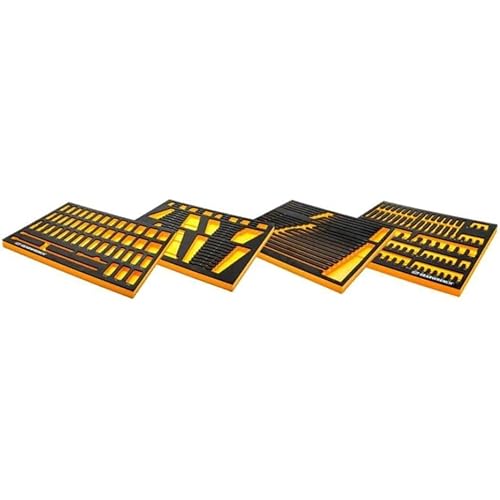



Buy Now, Pay Later
- – 6-month term
- – No impact on credit
- – Instant approval decision
- – Secure and straightforward checkout
Ready to go? Add this product to your cart and select a plan during checkout.
Payment plans are offered through our trusted finance partners Klarna, Affirm, Afterpay, Apple Pay, and PayTomorrow. No-credit-needed leasing options through Acima may also be available at checkout.
Learn more about financing & leasing here.
Selected Option
30-day refund/replacement
To qualify for a full refund, items must be returned in their original, unused condition. If an item is returned in a used, damaged, or materially different state, you may be granted a partial refund.
To initiate a return, please visit our Returns Center.
View our full returns policy here.
Recently Viewed
Style: Opti Stain
Features
- Stain spray gun: The Wagner Opti Stain sprayer is a handheld sprayer designed for spraying a great finish on outdoor projects such as decks and fences in a fraction of the time itd take with a brush
- Use with a variety of materials: The sprayer features a powerful dual fan air turbine thats ideal for spraying light-bodied stains, sealers and enamel materials
- Great for detail work: Included 20 ounce Detail Finish nozzle makes it easy to spray detailed areas like between fence boards and deck spindles
- Multiple adjustable settings: Adjust the material flow control to increase or decrease material output to suit covering speed and project size. Turn the air cap to spray horizontal, vertical or round to suit project shape
- Easy to clean: The sprayer has just a few removable parts that rinse clean, allowing for quick and easy clean up when your project is complete
Description
The Wagner Opti-Stain stain sprayer is ideal for making quick work of outdoor spraying projects such as small decks, fences and wood furniture. It’s great for spraying thin materials such as transparent and semi-transparent stains, sealers and enamel materials. The sprayer also features multiple adjustable settings to suit your project needs. A three position air cap adjusts the spray pattern for either vertical fan, horizontal fan, or round pattern shapes to most effectively get the job done quickly and with the best even coverage. You can also adjust the material flow control to increase or decrease material output. When you’re done with your project, the sprayer has just a few removable parts that rinse clean so that the sprayer is ready for the next project.
Brand: Wagner Spraytech
Color: Yellow
Recommended Uses For Product: Painting
Material: Plastic
Item Weight: 1 Pounds
Brand: Wagner Spraytech
Color: Yellow
Recommended Uses For Product: Painting
Material: Plastic
Item Weight: 1 Pounds
Style: Opti Stain
Power Source: ac
Included Components: Detail Fine Finish Nozzle, Opti-Stain HVLP Sprayer
Model Name: Opti-Stain
UPC: 024964214129
Global Trade Identification Number: 29
Manufacturer: Wagner Spraytech
Part Number: 529015
Item Weight: 1 pounds
Product Dimensions: 6.5 x 11 x 10.75 inches
Country of Origin: China
Item model number: 529015
Is Discontinued By Manufacturer: No
Size: Opti Stain
Pattern: Painter
Item Package Quantity: 1
Special Features: Low Volume
Batteries Included?: No
Batteries Required?: No
Warranty Description: 1 year limited
Date First Available: September 2, 2014
Frequently asked questions
To initiate a return, please visit our Returns Center.
View our full returns policy here.
- Klarna Financing
- Affirm Pay in 4
- Affirm Financing
- Afterpay Financing
- PayTomorrow Financing
- Financing through Apple Pay
Learn more about financing & leasing here.
Similar Products

Graco Magnum 262800 X5 Stand Airless Paint Sprayer, Blue
























